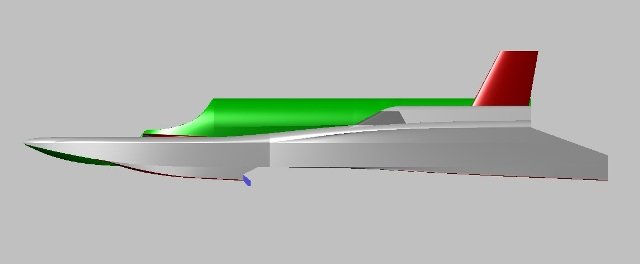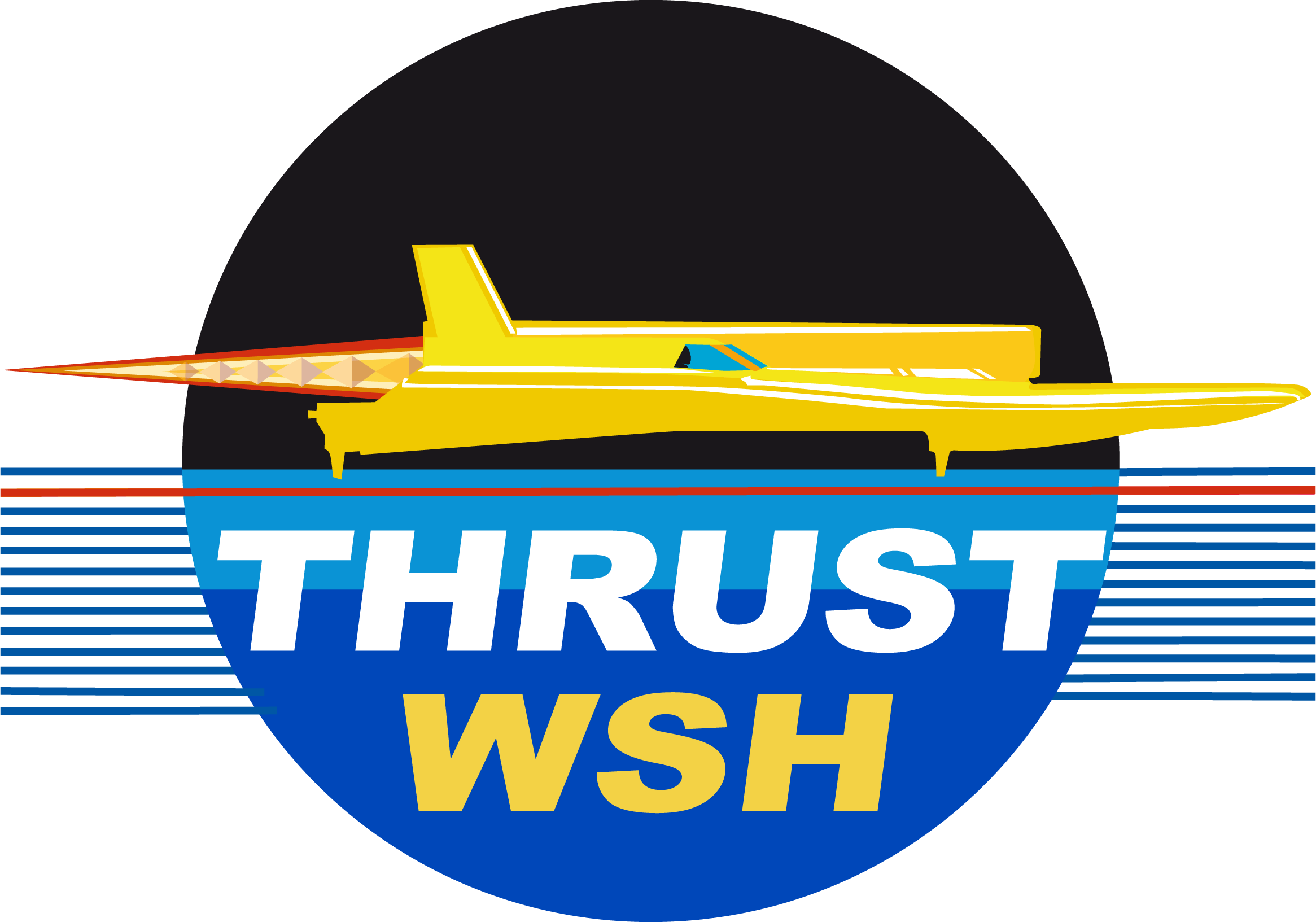
Our key design principle is stability across the whole speed range rather than outright performance optimised efficiency. Aerodynamics is anything around the craft (including the tunnel area) while hydrodynamics is anything on or in the water. The combination of both and a full understanding of it tells us how stable our design is and what the operational envelope is. To quote Ron Ayers back in ThrustSSC days – build a stable vehicle and make it fast rather than the other way around.


We have a known amount of thrust (25,000lbs with reheat) so the trick (once you have the data) is to trade aerodynamic and hydrodynamic drag to maintain control at all times. This is why we doing all the CFD work and instrumented model boat data collection. Any time you put something in the water you create significant amounts of drag so the ideal solution is enough drag to keep things under control but not so much drag it stops you reaching your target speed.
A 3 pointer is good because there are potentially less things in the water. A reverse 3 pointer is good because there is less under body area at the front to create lift. But in certain conditions they can quickly become unstable which is why we have traded extra drag for stability by adopting a 4 point design. In fact, that becomes a 5 pointer if you include a rudder. Keeping it pointing the right way is quite important.
For reasons we’ll explain later, our current design is for a rudder on each rear sponson so it’s back to being a 4 pointer. Here are some pics of an earlier design iteration researching rudders on the front sponsons, the latest model boat plug being printed, the Railton C2 concept we researched and some detail of Bluebird K7 shoes when we went to check that out.

